In the domain of renewable energy, the development of innovative cooling technologies is essential for achieving environmental sustainability. These advancements play a crucial role in diminishing carbon emissions and offer efficient, cost-effective alternatives to conventional and new cooling systems. Merging eco-friendly practices with technological progress, these innovations marks a significant stride in the renewable energy field. They demonstrate a strong commitment to sustainability, addressing the critical need for eco-responsible solutions amidst global climatic challenges. The forefront innovations in this sector show substantial potential for creating a more sustainable and environmentally conscious future.
1. Geothermal Cooling
Geothermal cooling harnesses the Earth’s stable underground temperatures, presenting a reliable and renewable cooling source. These systems circulate fluid through subterranean pipes, exploiting the Earth’s inherent heat to provide effective cooling solutions, especially during summer. A major benefit of geothermal cooling is its ability to maintain constant temperatures, thereby drastically cutting the energy needed compared to traditional methods. This technology is particularly advantageous in regions with extreme temperature fluctuations, offering a sustainable, cost-efficient cooling alternative with minimal environmental impact. It lowers overall energy use and contributes to reducing the carbon footprint, aligning with worldwide initiatives for environmental sustainability and climate change mitigation.
2. Solar Cooling
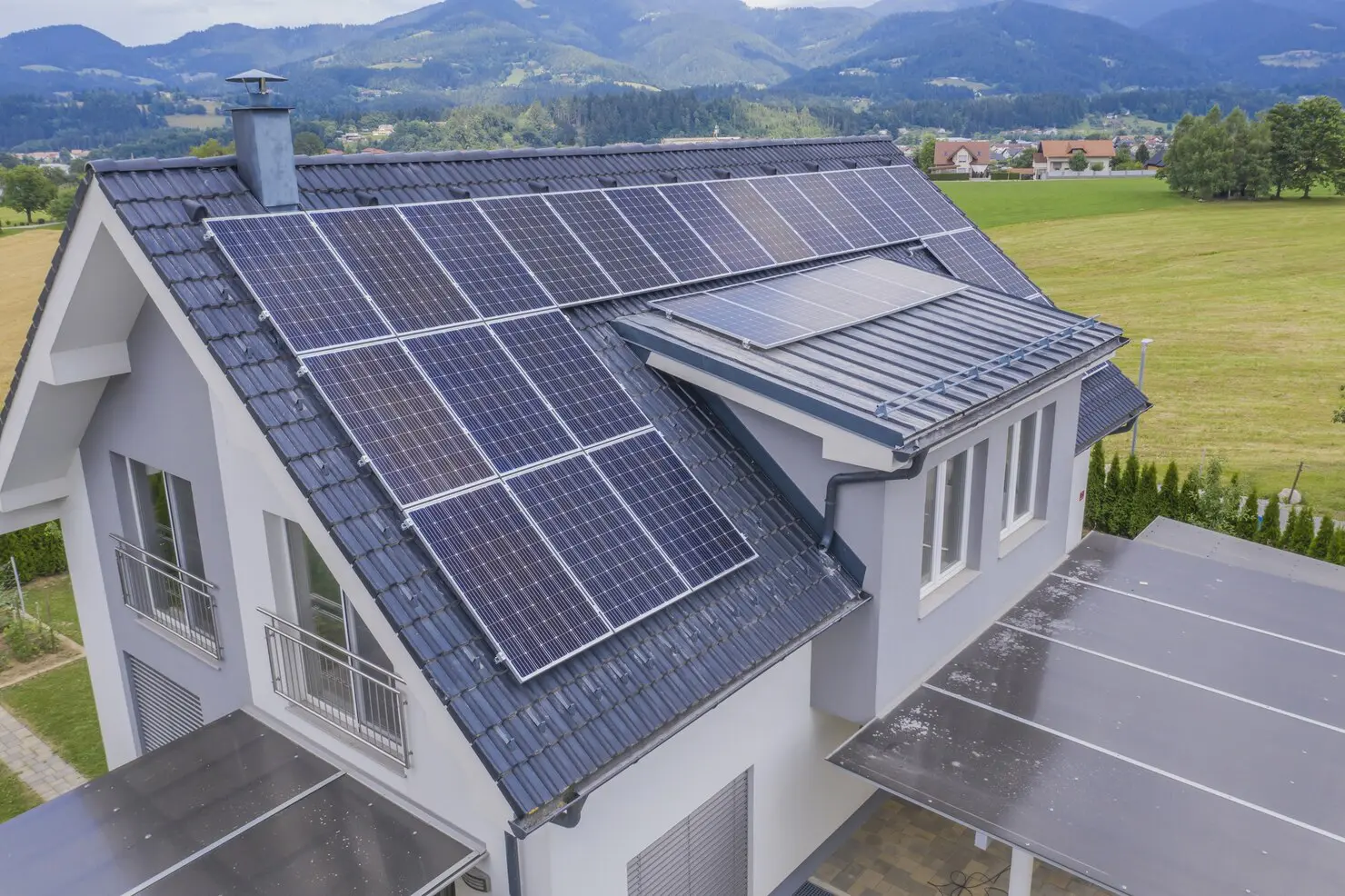
Solar cooling technologies are categorized into active and passive systems, both integral in utilizing solar energy for cooling purposes. Active solar cooling employs solar panels to transform sunlight into electricity, which then operates air conditioning systems. This method significantly lessens dependence on conventional power grids and curtails greenhouse gas emissions, adhering to sustainable energy objectives. Conversely, passive solar cooling involves architectural designs that naturally modulate indoor temperatures by maximizing sunlight in winter and minimizing it in summer. Both active and passive solar cooling systems are crucial advancements in harnessing renewable energy innovations for cooling, offering the dual advantage of reducing energy expenses and environmental impact.
3. Biomass Cooling Systems
Biomass cooling uses organic materials like agricultural residue, wood chips, and urban waste to generate renewable energy in forms like biogas or biofuels. These sources then power cooling systems, presenting a sustainable and eco-conscious alternative to fossil fuels. This method is particularly effective in waste reduction and in exploiting readily available resources. The versatility and abundance of biomass resources make them an ideal option for sustainable cooling, especially in rural and agricultural settings. This approach not only aligns with ecological sustainability aims but also boosts energy self-reliance in these areas.
4. Absorption Cooling
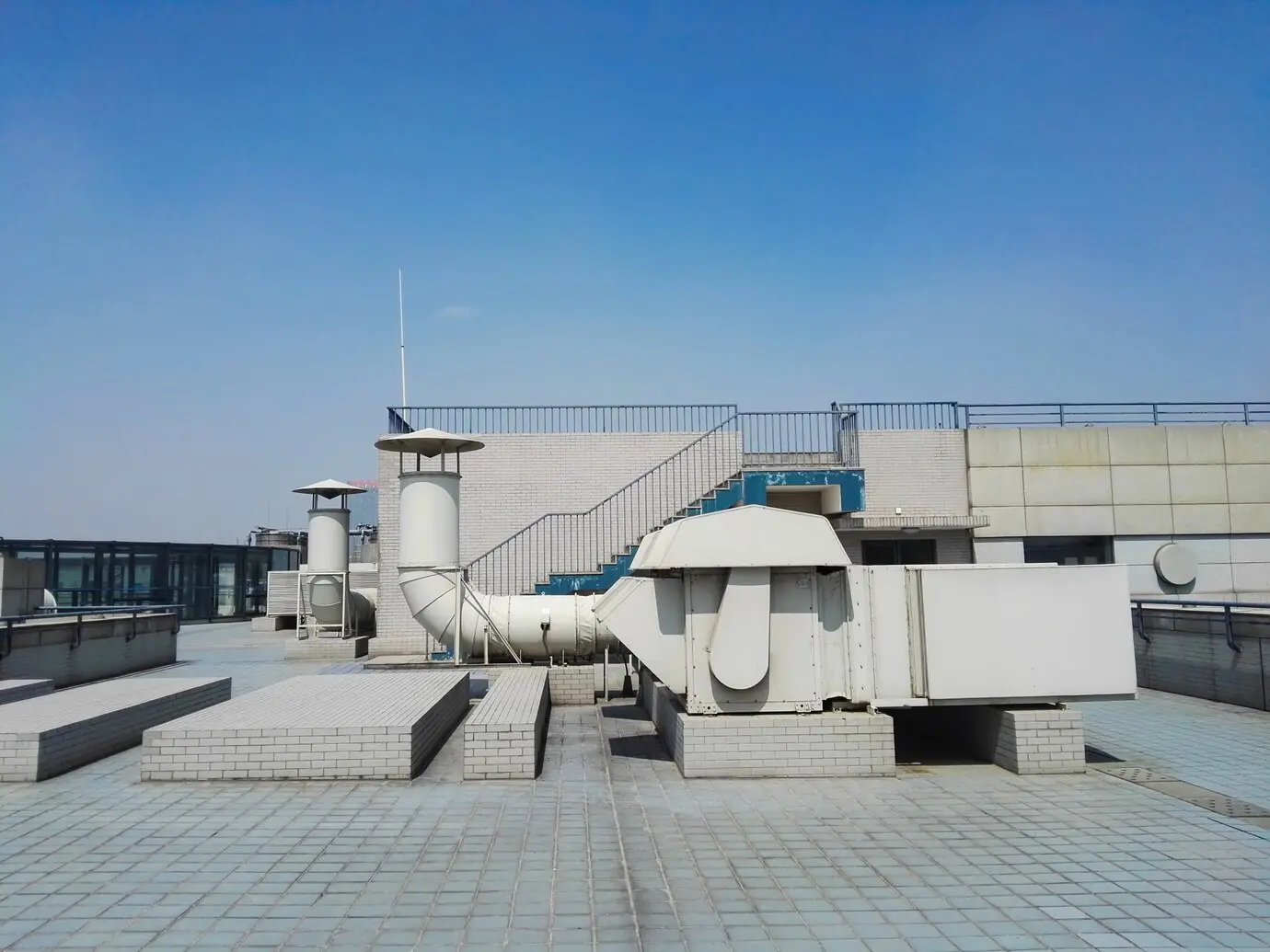
Absorption cooling technology employs a heat source, often from renewable energies like solar power or industrial waste heat, to drive a thermochemical absorption process for cooling. This method is particularly suitable for large-scale applications such as commercial buildings and industrial plants. Absorption cooling provides a greener alternative to conventional cooling methods, significantly lowering reliance on energy-intensive systems. It signifies a notable progression in sustainable energy use, especially in contexts requiring extensive cooling capacities.
5. Ice-Powered Air Conditioning

Ice-powered air conditioning technology generates ice during off-peak, low-demand hours, using this ice to cool buildings during peak heat periods. This innovative method redistributes energy usage, substantially easing the load on power grids during high-demand times. It enhances overall energy efficiency and can lead to significant reductions in electricity costs. This technology is especially beneficial in regions with high daytime energy costs or where the power grid has limited capacity, providing an efficient and cost-effective solution for large-scale cooling needs.
6. Thermally Driven Chillers
Thermally driven chillers are an emerging innovation in cooling solutions, harnessing solar energy or waste heat to provide cooling. Unlike conventional electric chillers, these systems use thermal energy, making them ideal for integration with renewable energy sources. They operate on the principle of absorption or adsorption, where a refrigerant is either absorbed or adhered to a solid or liquid material, and then a heat source drives the refrigeration cycle. This technology is particularly effective in regions with abundant solar radiation and can be combined with solar thermal collectors. Thermally driven chillers represent a significant step towards reducing electricity consumption and dependency on fossil fuels, contributing to a greener and more sustainable cooling solution.
7. Magnetic Refrigeration
Magnetic refrigeration, featuring an innovative cooling design, is a cutting-edge technology that utilizes the magnetocaloric effect, where certain materials heat up when magnetized and cool down when removed from the magnetic field. This eco-friendly technology, integral to its cooling design, eliminates the need for traditional refrigerants that are harmful to the environment. More than just an effective energy innovation, magnetic refrigeration, with its unique cooling design, is also quieter and potentially more reliable than conventional refrigeration methods. This innovation, incorporating advanced cooling design principles, holds great promise for both residential and commercial applications, offering a sustainable alternative that could revolutionize industrial cooling systems.
8. Phase Change Material (PCM) Coolers
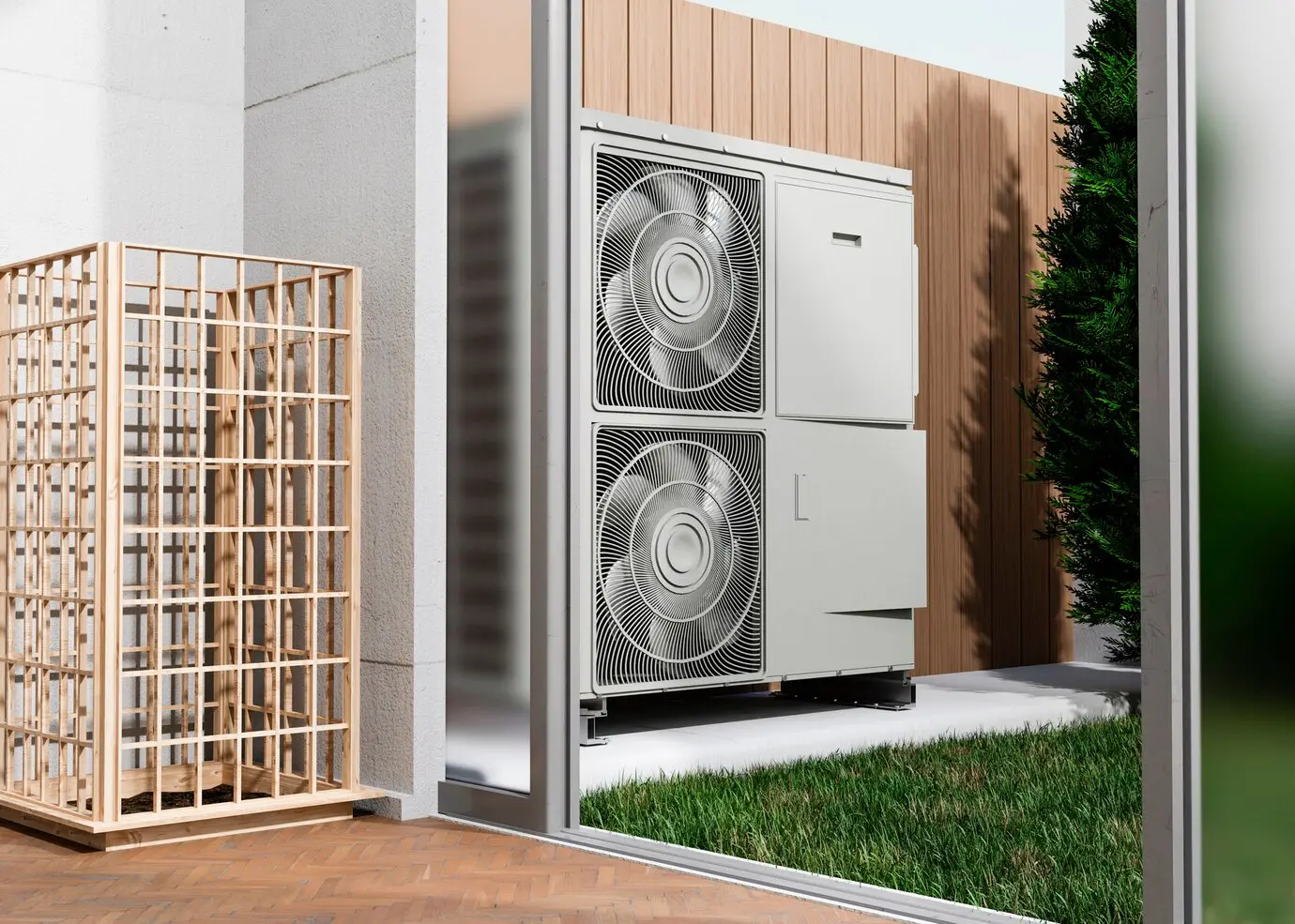
Phase Change Material (PCM) coolers use materials that absorb and release thermal energy during the process of melting and solidifying at specific temperatures. These coolers are highly efficient in thermal energy storage, making them useful for maintaining desired temperature conditions over extended periods. PCMs can be integrated into building materials like walls or ceilings, or used in standalone cooling systems. This technology is especially advantageous in balancing energy loads, reducing peak time energy demands, and enhancing overall energy efficiency in cooling systems.
9. Quantum Cooling
Quantum cooling, a technique rooted in quantum mechanics, is an exciting development in cooling technology, still largely in its research phase. It works by manipulating quantum states to dissipate heat, allowing for cooling efficiencies beyond the capabilities of traditional methods. This technology holds great promise, particularly in advanced computing systems like quantum computers, which require ultra-low temperatures for optimal operation. Additionally, its potential applications extend to enhancing the performance of electronic devices and enabling new scientific experiments in physics and materials science. Quantum cooling represents a significant leap forward in our ability to control and manage temperatures at the quantum level, opening up a realm of possibilities in various high-tech fields.
10. Electrocaloric Refrigeration
Electrocaloric refrigeration is an innovative cooling technology that uses the electrocaloric effect, where certain materials change temperature in response to an applied electric field. This technology is gaining attention for its potential to create highly efficient and environmentally friendly cooling systems. Unlike traditional cooling methods, electrocaloric refrigeration does not rely on harmful refrigerants and can be more energy-efficient. It’s particularly promising for small-scale applications like electronics cooling, offering a compact and noiseless solution. The development of this technology could lead to significant advancements in the way we approach refrigeration in various sectors.
11. Biodiesel Heating Systems

Biodiesel heating systems are an emerging sustainable energy solution, harnessing biodiesel—a renewable and biodegradable fuel made from organic waste like vegetable oils and animal fats. These systems provide an eco-friendly alternative to traditional fossil fuel heating, significantly reducing carbon emissions. They seamlessly integrate with existing heating infrastructures, allowing for easy conversion and cost-effective implementation. Besides being cleaner-burning and reducing pollutants, biodiesel is less combustible, enhancing safety. Its local production from waste materials not only supports waste reduction and local economies but also reduces reliance on imported fuels. This innovation in biodiesel heating systems represents a vital step towards diversifying renewable energy options and advancing sustainable development goals.
12. Hybrid Photovoltaic-Thermal (PVT) Cooling Systems
Hybrid Photovoltaic-Thermal (PVT) cooling systems combine solar photovoltaic (PV) panels with thermal cooling mechanisms. These systems not only generate electricity from solar energy but also use the heat extracted from the PV panels for cooling purposes. This dual-function approach maximizes the efficiency of solar panels while providing an eco-friendly cooling solution. PVT systems can significantly reduce energy consumption in buildings and have the potential to be a game-changer in both the renewable energy and cooling sectors.
Conclusion

The diverse array of innovative cooling solutions in the renewable energy landscape marks a significant milestone in our quest for environmental sustainability. These technologies, ranging from the earth’s geothermal capabilities to the cutting-edge realm of quantum mechanics, embody the spirit of innovation and environmental stewardship. They not only present practical solutions to the challenges posed by climate change but also offer a glimpse into a future where energy efficiency and ecological harmony coexist. As we continue to embrace and develop these technologies, we move closer to a more sustainable, energy-efficient world, demonstrating the immense potential and resilience of renewable energy systems in the face of global environmental challenges.
BECIS is a sustainable energy solutions provider, partnering with experienced providers of Energy as a Service (EaaS) solutions. We offer a range of services, including solar energy, bioenergy, cooling, waste heat recovery, and energy analytics. Our tailored solutions help companies achieve their renewable energy goals, contributing to a cleaner and resilient energy system. 联系我们 today to learn more about our services.

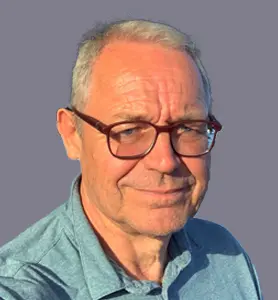

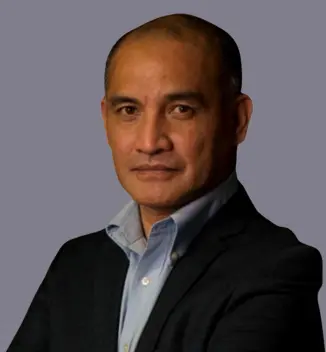
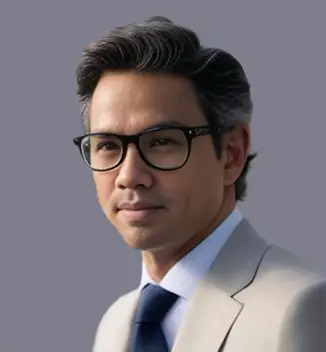
























近期评论